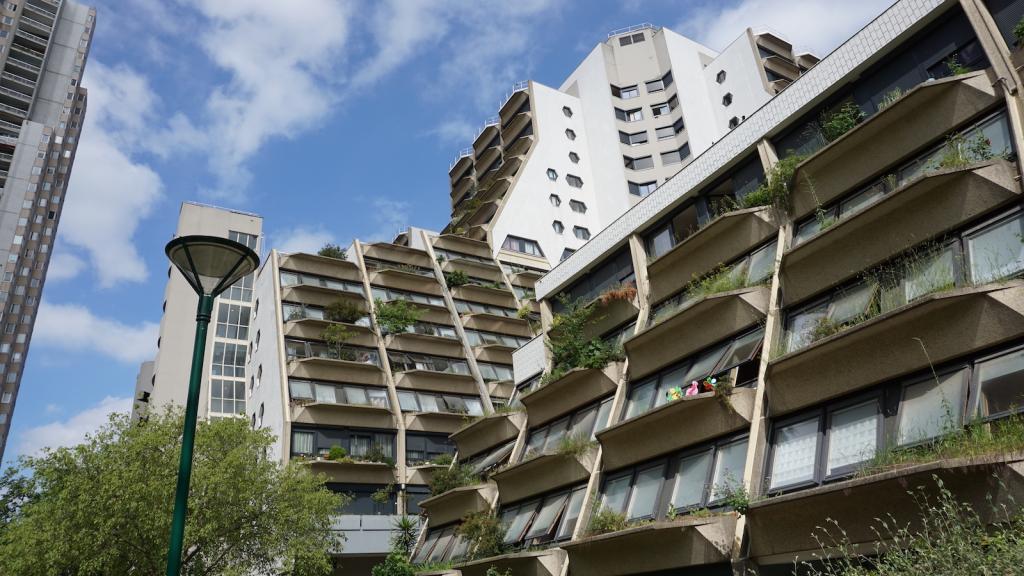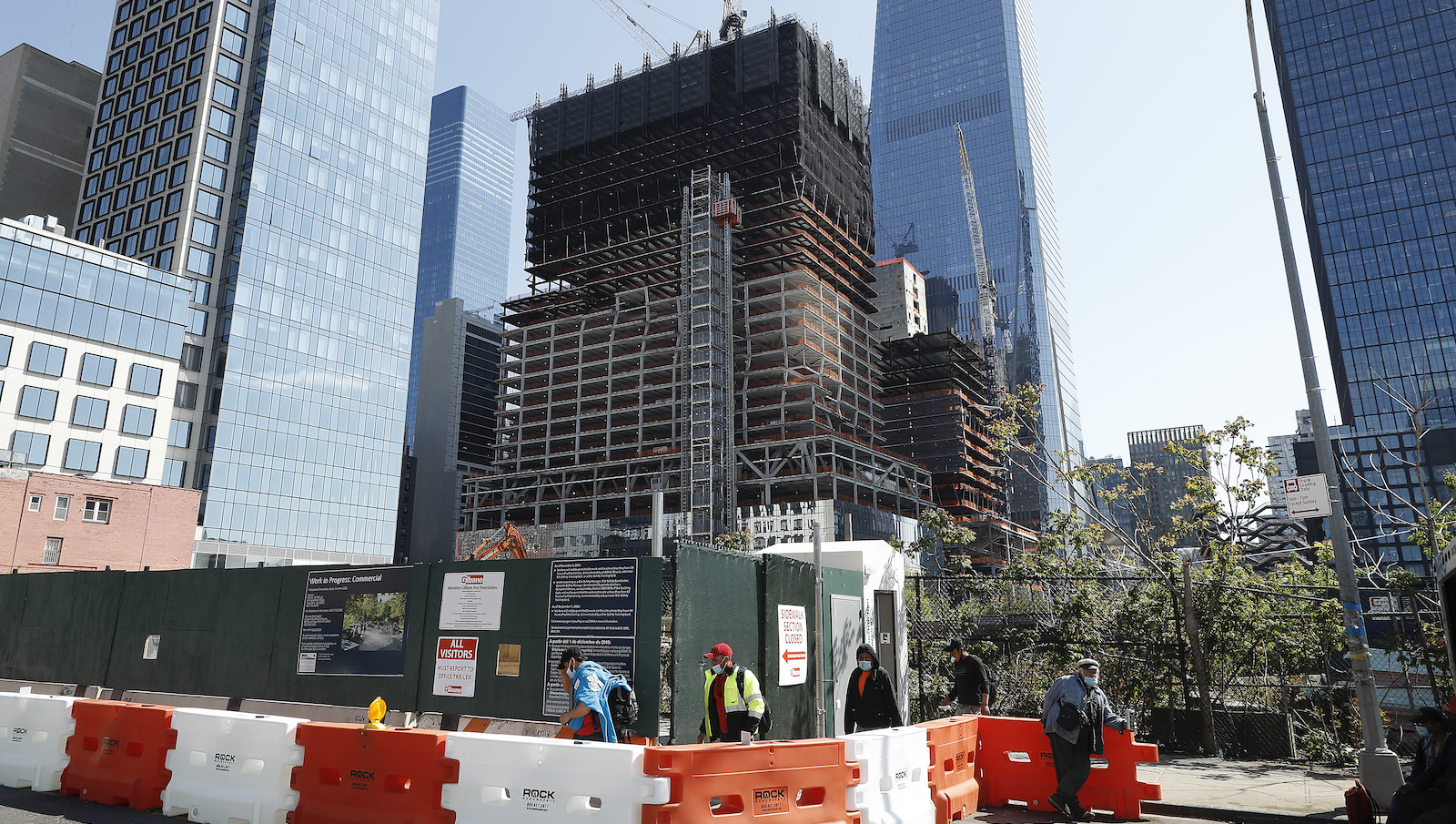The New York City Council voted to pass a bill on Wednesday that will address the Big Apple’s biggest source of planet-warming emissions: the fossil fuels burned in its buildings. The new law will prevent building developers from installing fuel-burning systems in new buildings and most gut renovations starting in 2024, forcing them to instead design buildings with all-electric heating, hot water, and cooking appliances. Mayor Bill de Blasio supports the legislation and is expected to sign it.
“We’re really setting the pace here, saying that if it can be done in New York City, it can really be done anywhere,” Ben Furnas, director of the mayor’s office of climate and sustainability told E&E News. “We want to be a model for the world.”
As local governments around the country try to figure out how to reduce their role in climate change, buildings have emerged as an important target. Municipalities usually don’t have a lot of tools to change how green their electricity supply is, but many do have control over their building codes. And cutting the use of natural gas, propane, and fuel oil in buildings can make a big dent in emissions, especially in cold northeastern cities like New York.
Heating and hot water systems alone are the source of about 42 percent of New York City’s greenhouse gas emissions. They also produce significant local air pollution. A peer-reviewed study published in May found that fuel combustion in buildings in New York City led to an estimated 1,114 premature deaths in 2017, the most recent year for which data was available, and cost $12.5 billion in health impacts.
The bill passed on Wednesday will not address all of this existing pollution, but it will prevent the problem from growing. It does not specifically ban natural gas or any other fuel, but it rules those options out by prohibiting “the combustion of any substance that emits 25 kilograms or more of carbon dioxide per million British thermal units of energy.” To comply, new buildings will have to use electric heating systems like heat pumps, which are similar to air conditioners and can provide both heating and cooling. On cold days, they use electricity to pull heat from the outside air or ground and pump it indoors. On warm days, they can run in reverse, transferring heat from inside to outside. Even though New York’s electrical grid is currently powered by a mix of fossil fuels and renewables, it’s clean enough that switching from fossil fuel-based heating to electricity-based heating will cut overall emissions, which will continue to drop as the grid becomes cleaner.
New York isn’t the first city to limit the use of fossil fuels in buildings — more than 50 cities in California have passed similar laws, according to a Sierra Club tracker, as have some cities in Washington state, Oregon, and Colorado. But Amy Turner, a senior fellow at Columbia University’s Sabin Center for Climate Change Law, said it’s the first to focus on CO2 emissions rather than sources of energy. Turner said this legal strategy could be replicated in other places where state utility laws preempt local regulation of building energy sources but where local governments have clearer authority over pollution control.
Some business interests have expressed fears that the grid is not prepared for the shift to electric heating envisioned in the new law. In a hearing on the NYC bill in November, real estate industry groups, the American Petroleum Institute, and other organizations opposed to the bill brought up concerns that it threatened the reliability of New York’s power grid. But a timely study released last week from Urban Green Council, a NYC-based nonprofit dedicated to making buildings more sustainable, found that wasn’t a looming threat. Peak electricity use in the summertime is currently 42 percent higher than peak electricity use in the winter, meaning that the grid is capable of supplying a lot more electricity in the winter.
“We have a long way to go before we have to be concerned about those types of grid upgrades,” said John Mandyk, the CEO of Urban Green Council. “There is no reason to wait. Electrification can and should happen now to meet the threat of climate change.”
The authors modeled electricity demand for every building in New York City under different scenarios, looking at how the grid would be affected if buildings converted to electric heating, either with or without additional measures to improve their efficiency. They found that about 40 percent of NYC buildings by floor area could be served by electric heat before electrification starts pushing the grid’s limits, although the actual capacity of the grid to accommodate electric heating varies by neighborhood. Right now, fewer than 1 percent of NYC buildings have electric heating. (Disclosure: I previously worked for Urban Green Council as a contract copy-editor.)
Con Edison, a utility that supplies electricity to the NYC area, applauded the Urban Green Council report and testified in favor of the city council bill. “Con Edison aims to support the electrification of heating in 150,000 buildings by 2030, and we see big opportunity for green job creation in this sector,” said Vicki Kuo, the vice president of energy efficiency and distributed resource planning at Con Edison in a statement.
The new rules for New York City buildings will be phased in over time, which disappointed some climate advocates who feel urgency to stop the growth of natural gas use as soon as possible. The rules will apply to projects with fewer than seven stories beginning in 2024, and to projects that are seven stories or taller beginning in 2027. Buildings that contain affordable housing units will also have longer to comply with the new rules.
Cutting emissions and pollution from existing buildings will be trickier, since replacing fossil fuel heating systems with electric ones is a lot more expensive and complicated than incorporating all-electric from the start. The NYC Council passed a second bill on Wednesday that requires the city to conduct a feasibility study for electrifying existing buildings, looking into the regulatory barriers and costs. NYC also has an existing law, Local Law 97 of 2019, that forces owners of existing buildings to make them more efficient over time — which could eventually push many buildings to electrify.
Meanwhile, two state lawmakers from the NYC area, Senator Brian Kavanagh and Assembly Member Emily Gallagher, have introduced legislation similar to the NYC bill that would apply to new buildings statewide.



